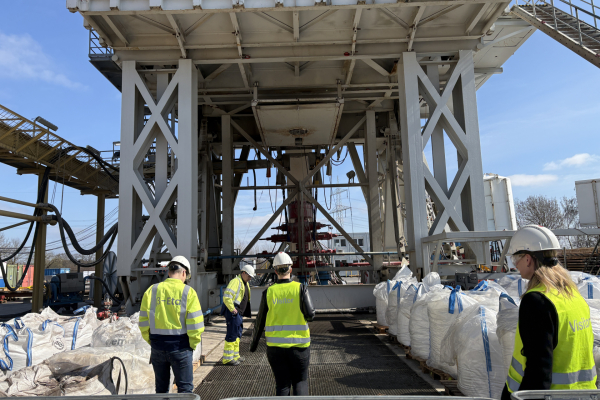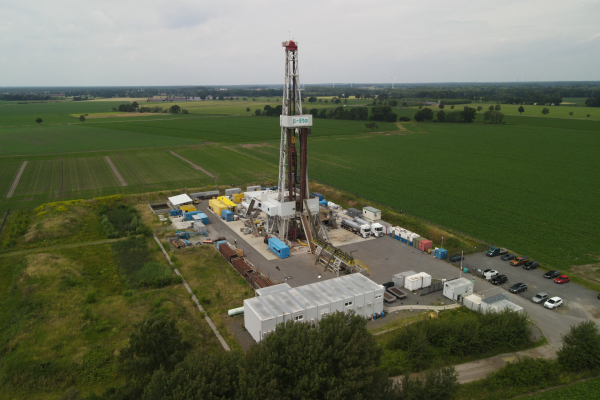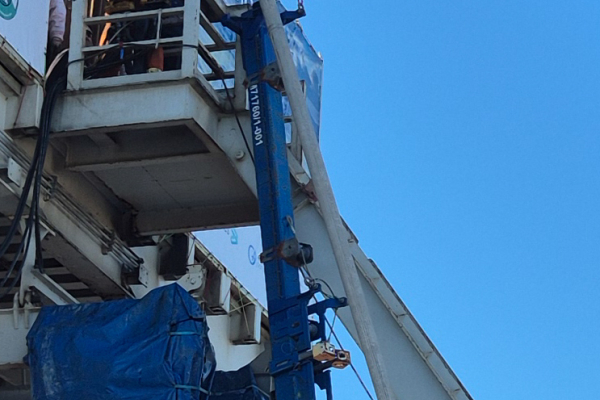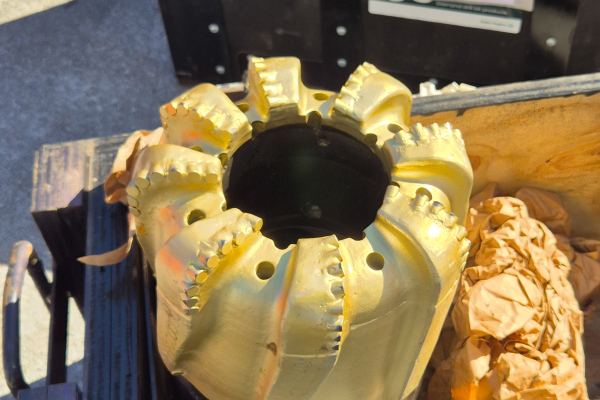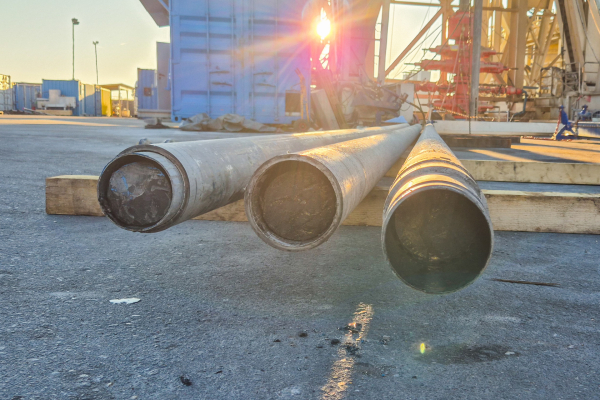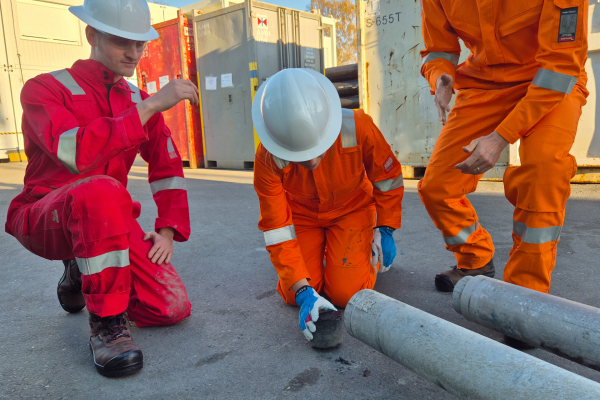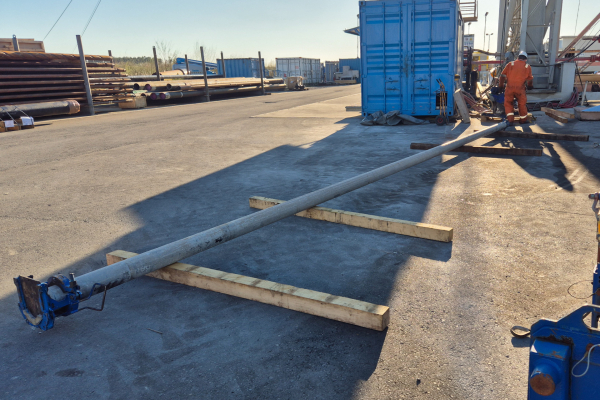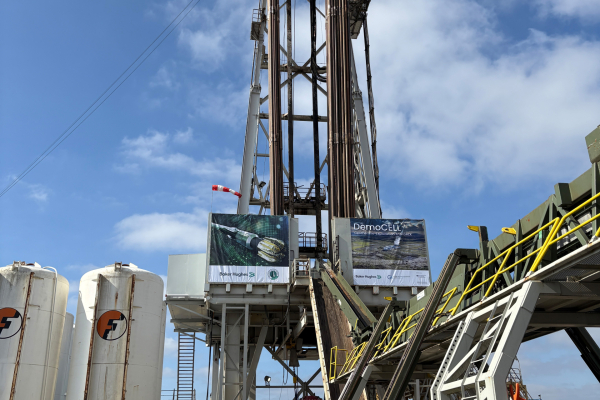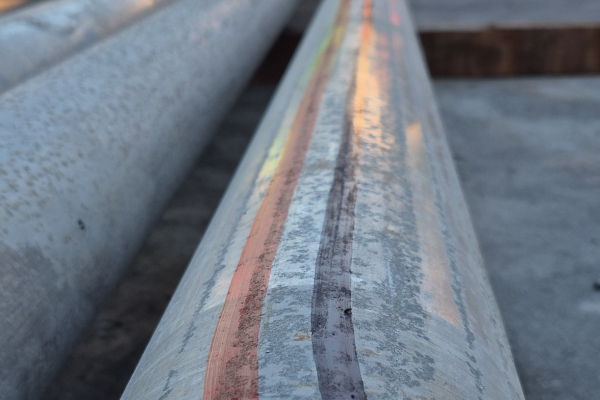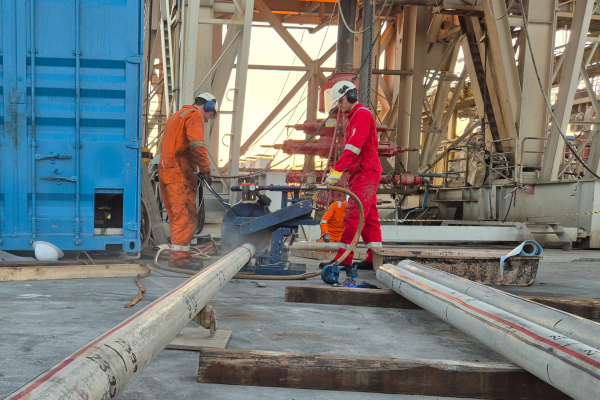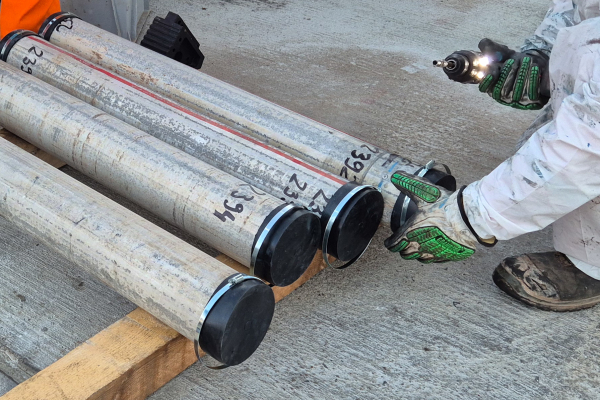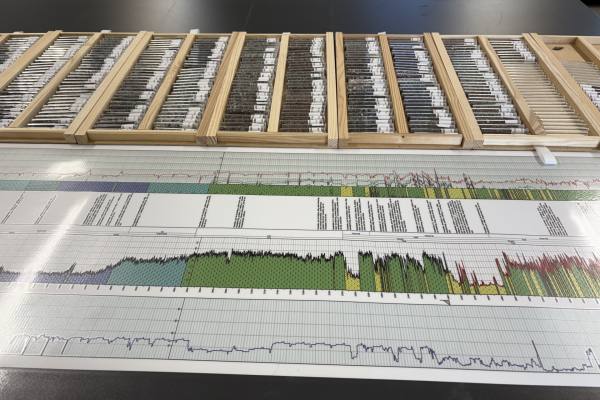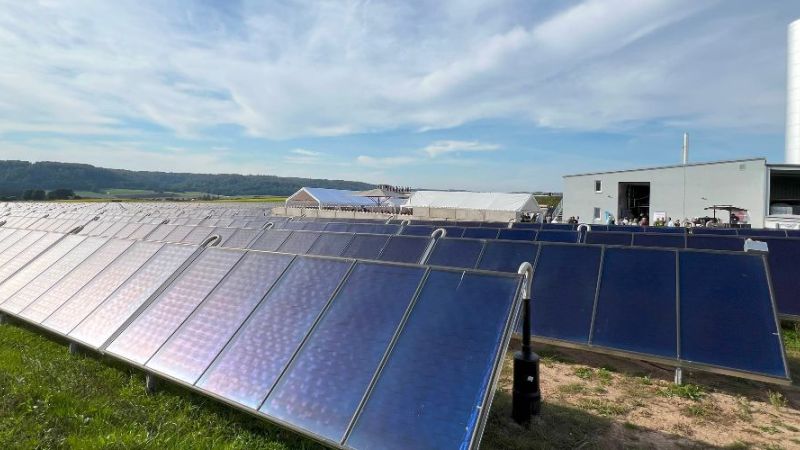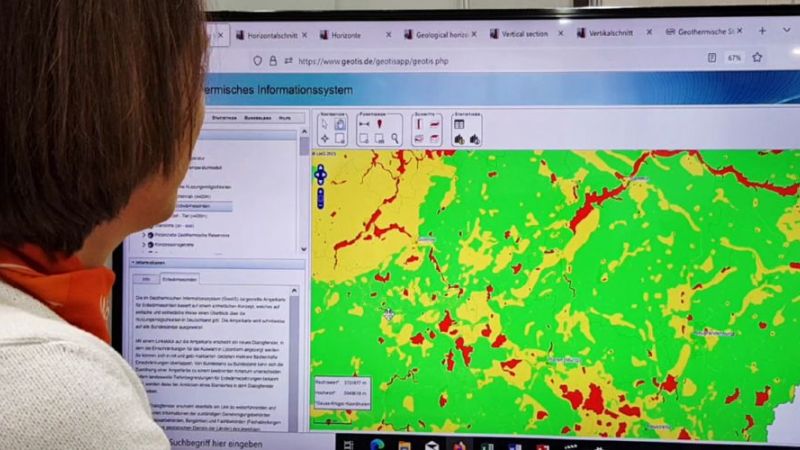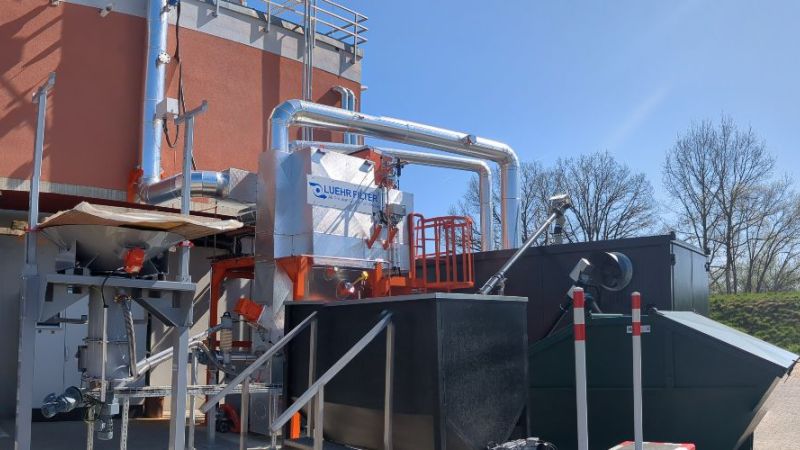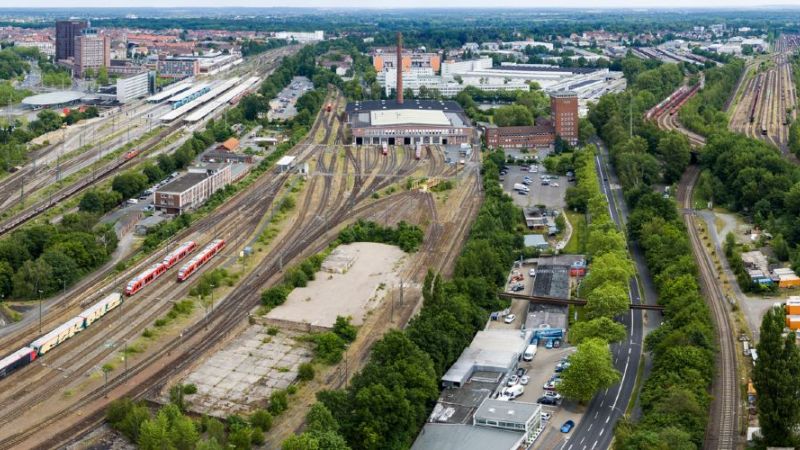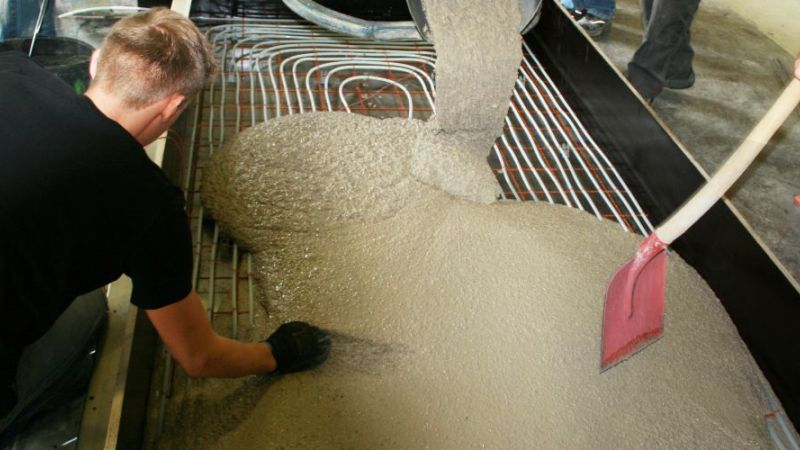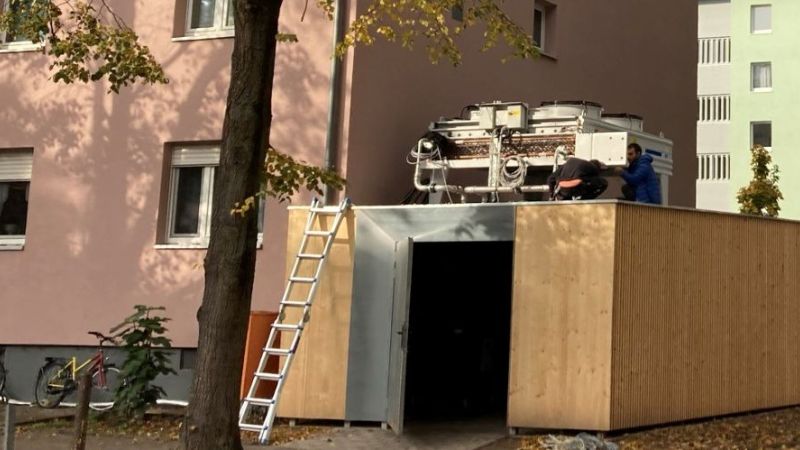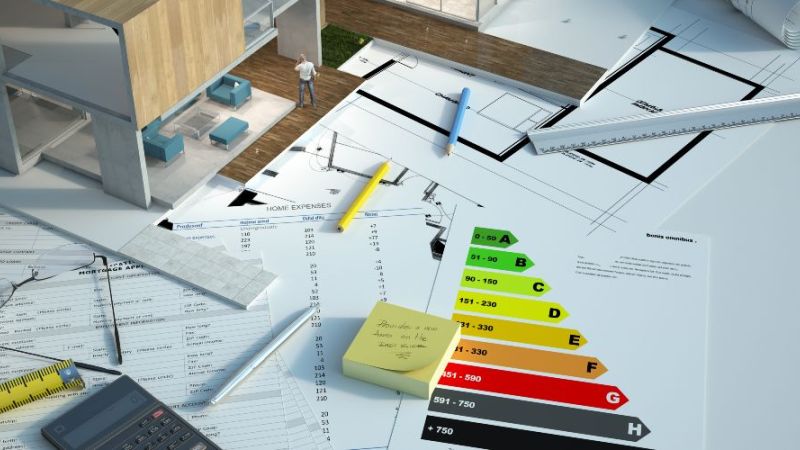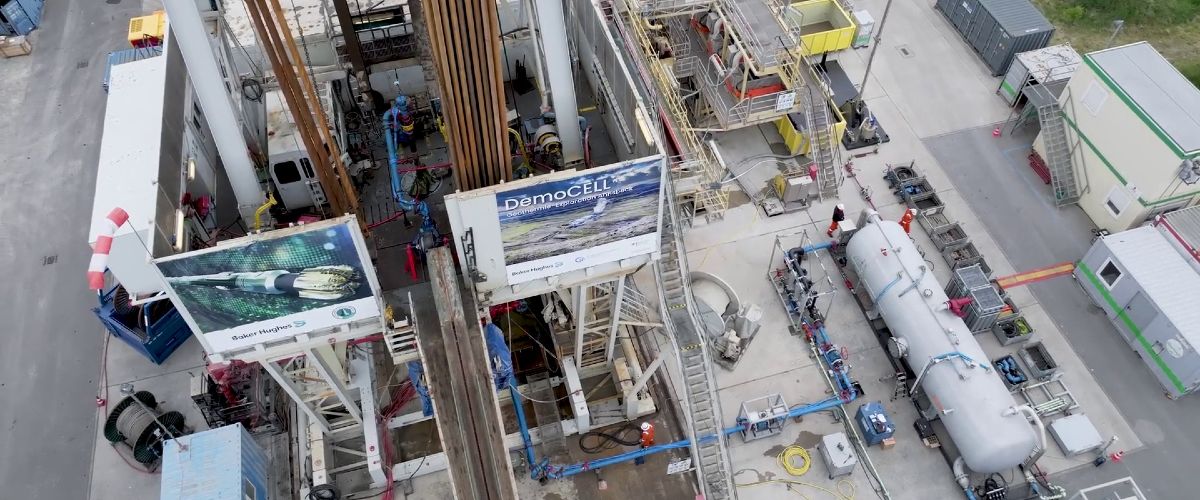 © Baker Hughes
© Baker Hughes
Exploration strategy for geothermal energy
Geothermal drilling in Lower Saxony: researchers extract large quantities of hot thermal water
Researchers working on the DemoCELL project have achieved promising results in Ahnsbeck in the Greater Celle area. Production tests of thermal water from depths of 2,400 to 2,500 metres indicate a very good geothermal reservoir at this location.
This makes it the first successful borehole for medium-depth geothermal energy in Lower Saxony. The hydraulic tests are still being analysed. However, the preliminary results are positive. "We have extracted over 1,000 cubic metres of thermal water," reports Dr Oliver Höhn, who oversees the project on behalf of Baker Hughes. At the surface, the water still had temperatures of over 100 degrees Celsius. Both a step test with different flow rates and a reservoir test with a constant flow rate over several hours were successful.
During the test, the researchers measured the pressure and temperature in the reservoir and on the submersible centrifugal pump used. They are now using this data to analyse the hydraulic parameters of the reservoir. The aim is to obtain precise information on temperature, production index or injection index and permeability. This will enable them to assess whether and in what quantities they can extract geothermal energy from underground in the future. The target horizon of the borehole is the so-called Rhät sandstone. According to the results of the scientific project partner, the Georg-August University of Göttingen, the thick-ness of this sandstone layer in the subsurface is 44 metres.
Research team examines drill cores over 100 metres long
In the run-up to the hydraulic tests, the project partners extracted drill cores from the subsurface — not an easy task due to the unstable layers directly above the Rhät sandstone. However, the team was successful: using more than 100 metres long rock samples, the scientists at Georg-August-Universität Göttingen can now investigate the properties of the reservoir. “We have obtained cores of a very high quality,” says Dr Matthias Franz, a member of the Department of Structural Geology and Geothermics at the University of Göttingen. “The average permeability that we measured on the samples is around 832 millidarcy — which would indicate that the Rhaetian sandstone is highly suitable.” However, the investigations have not yet been finalised.
Outlook: Demonstration project for medium-depth geothermal energy in the Greater Celle area
The results of the investigations into the drill cores and the evaluation of the production tests form the basis for the potential utilisation of the site. The researchers are also investigating and evaluating other sites in the Greater Celle area. In the end, the project partners will develop a development concept for a demonstration project for medium-depth geothermal energy — as a source of heat for a sustainable supply for the entire region. (mb)

